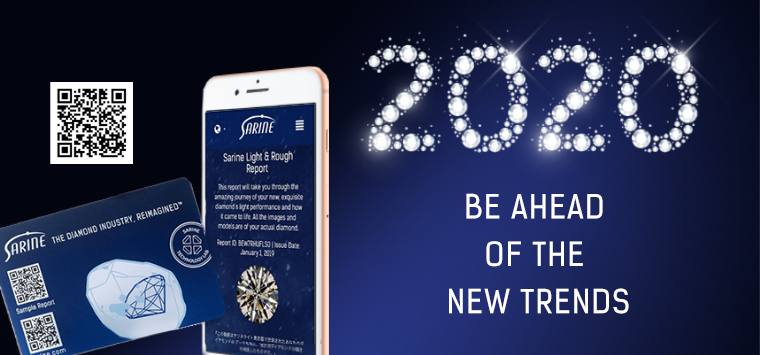If there was a clear underlying trend in the retail sector of the diamond and jewelry industry in 2019, one that will definitely be a factor again in 2020, it is the personalization of the diamond selling experience. In a nutshell, it involves telling the story behind the stone and telling consumers the romantic tale of its provenance.
Romance the Stone – Give the Right Information
No longer can retailers and their staff simply give the basic information about the diamond – the 4Cs – and expect that to be enough to convince the buyer to get money out his wallet or purse. This is certainly the case where Millennial and Generation Z consumers are concerned. These buyers are actively searching for information about almost every purchase they make. They want to be assured that what they are buying is real and has meaning and value. And because diamonds often have a negative connotation in the eyes of the general public, jewelry retailers have an even bigger responsibility to romance the stone in a real and positive way.
Be Clear – Show that You Care about Our World
Transparency is critical in jewelry, especially among Millennials. They tend to opt for products and businesses that proactively show transparent practices. It’s good PR and good for business. Where are the basic materials from? How were they extracted from the Earth? What conditions do the workers in the manufacturing plants enjoy and are they receiving fair wages? Is the process from start to finish harmful to the environment? These are among the questions that younger buyers aged 18-35 are asking. The current Extinction Rebellion protests around the world show only too well the depth of their commitment to creating a world that is less damaging to the environment. They have shown that they do not believe in politicians and big business because they see the Earth heading in the wrong direction, and climate change will affect their lives and the lives of their children in the decades to come.
Tell the Story – The Importance of Provenance
The diamond industry must find the right way to approach younger buyers and explain the diamond story in a way that is persuasive, especially given that diamond mines are perceived as exploiting and even damaging the earth. The diamond industry must explain its environmental work, as part of its Corporate Social Responsibility efforts, to not simply negate the impact, but how it is creating a positive impact, such as contributing to health clinics, schools and local businesses in mining areas.
Telling the provenance story behind the romantic billion-year-old diamonds and how their value will remain for all time as the diamond is passed down from generation to generation is critical to retail success in 2020. Recent reports by The Knot and De Beers show how the retail jewelry landscape is changing, so what can we predict for next year?
Here are some of the jewelry retail trends we can expect in 2020:
- An interesting, and some would say highly ironic, trend that developed further in 2019 is that in this overwhelmingly digital age, retailers are increasingly realizing that they cannot just have an online presence. The upshot of that is that e-commerce companies are opening physical stores. Recent surveys in the United States show that buyers want to see the ring in person before purchasing.
- As mentioned above, personalization is becoming a priority for many couples when buying engagement rings. Almost half of engagement rings now feature custom-designed elements.
- Consumers are increasingly opting for smaller center diamonds in engagement rings, and more side stones and accents.
- Local independent stores are still getting 40% of overall sales. Smart marketing and emphasizing the value of a local service on the buyers' doorstep means that figure is likely to remain solid.
- Don't rely on the old line that a man should invest the equivalent of 3-4 months of salary on an engagement/wedding ring. Young couples are rejecting and transforming engagement traditions across the board – scour the Internet, and you will see wedding proposals on mountain tops and other weird and wonderful locations. Although the average spend on an engagement ring in the US is nearly $6,000, a third are spending $1,000 to $4,000; and 80% have set a strict budget.
- Self-purchasing is growing – so keep an open mind. If a woman comes into a store alone, she is not necessarily simply looking to get ideas about what kind of ring she wants her fiancé to buy her. She may very likely be looking to buy herself a jewelry item or something for her female partner.
- If a man comes into a store, he may not necessarily be looking for ideas about what kind of ring he wants to buy his fiancée. Same-sex relationships and marriages are on the rise, and he may be looking for two rings in the same style, for example.
- Brands are engaging more with their retail partners to be able to offer styles that are different and unique. They also want those stores to tell the story of the brand with its long history and commitment to best business practices.
Overall, retailers can expect their customers to be more demanding. They won't necessarily just come in and buy one of the diamond rings in the window. They must tell the story of the diamond, but also offer a diamond that fits with the customer's requirements and not simply an item taken off the shelf.
Customers are looking for the diamond to excite them and match the storm of emotions that they are feeling. They want an emotional engagement and the human touch. After all, they are not buying just another consumer product, but a ring that symbolizes a huge milestone event. Retailers have to invest in new ways of showing their jewelry offerings to provide an emotional response so, above all, be personal.





-1.jpg?width=310&name=blog_image%20(003)-1.jpg)





